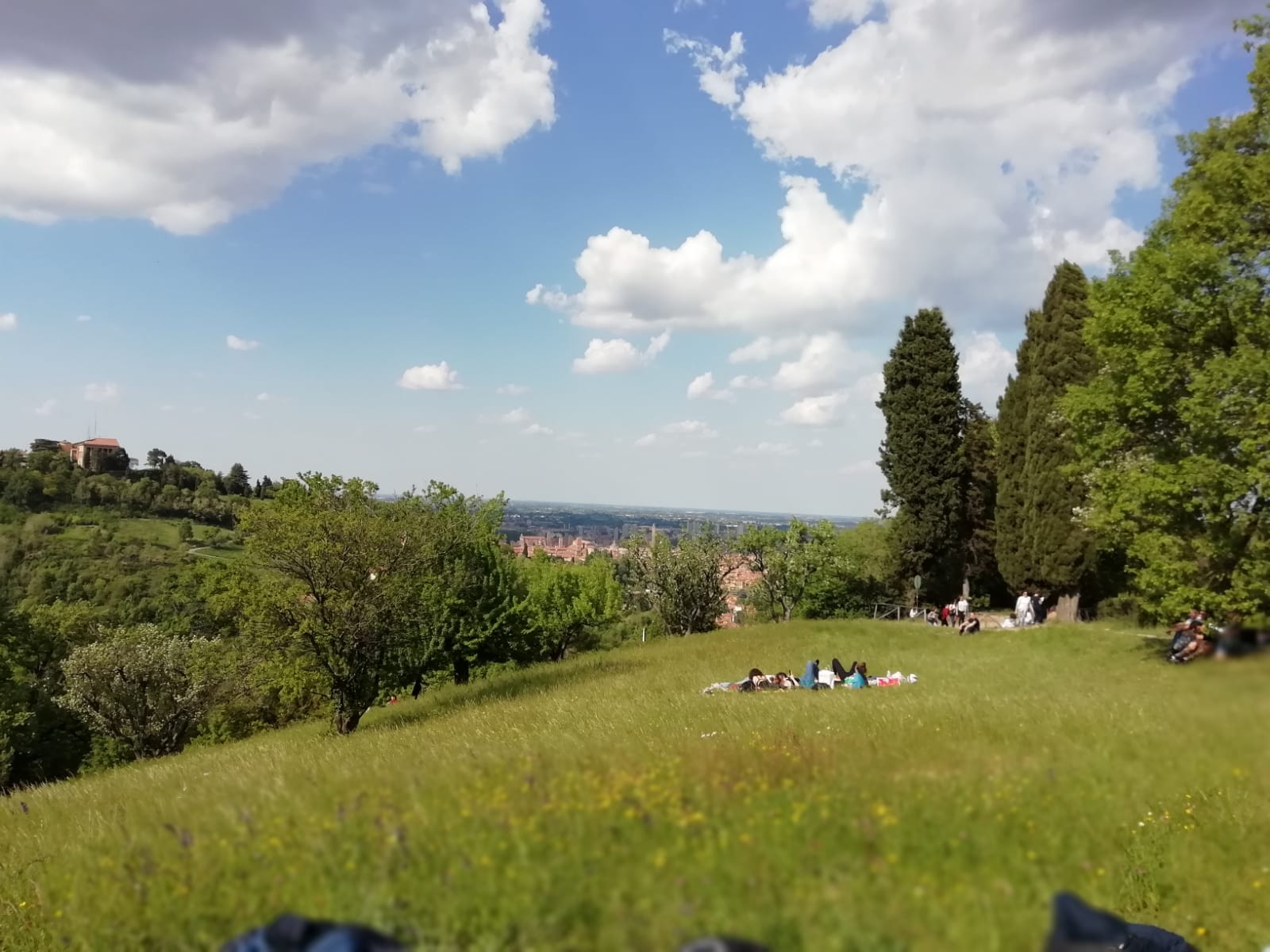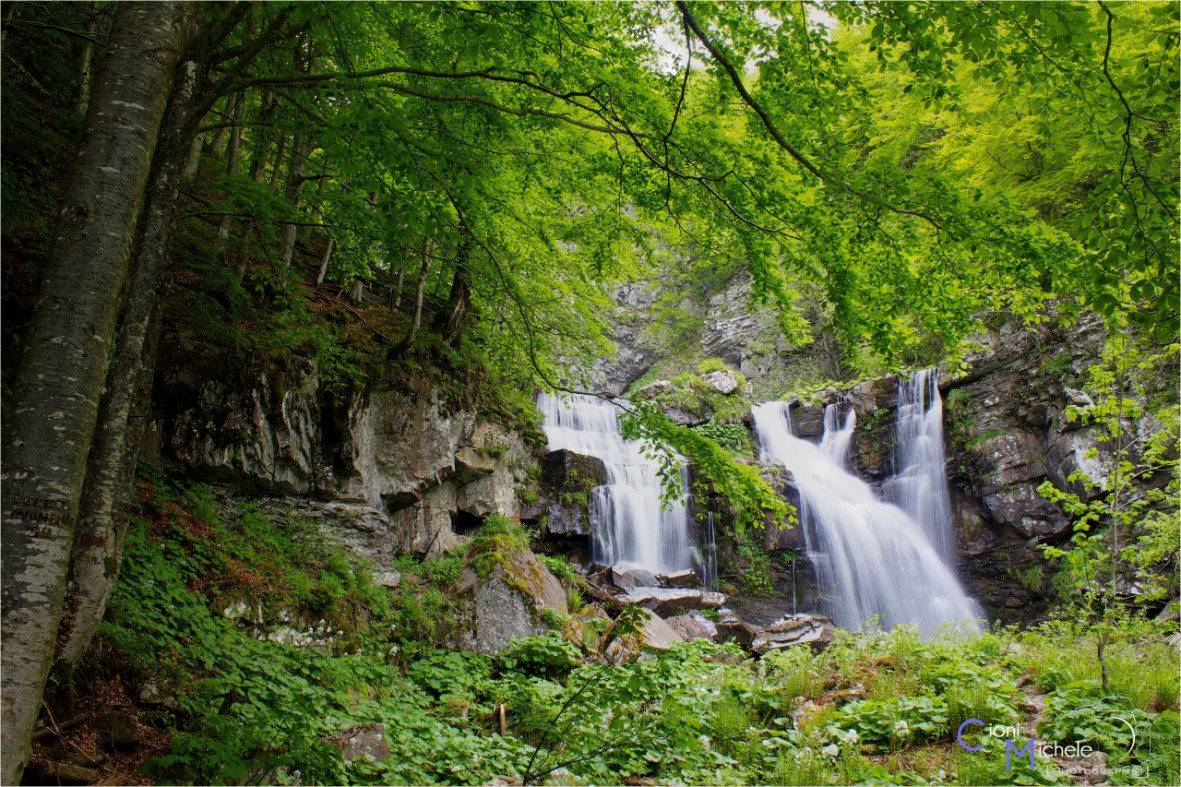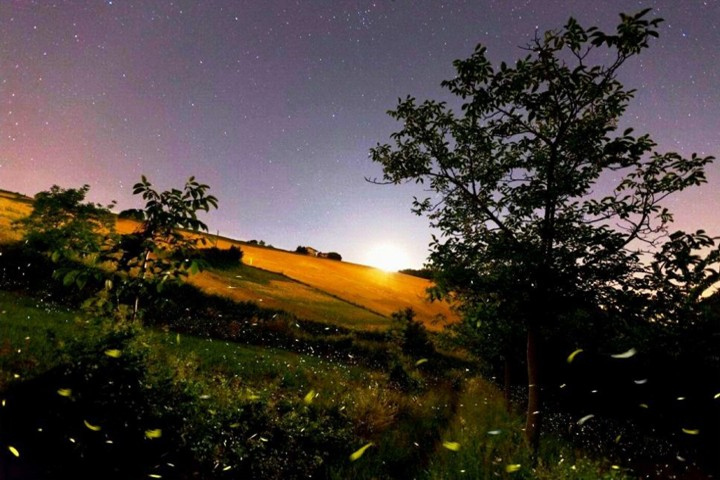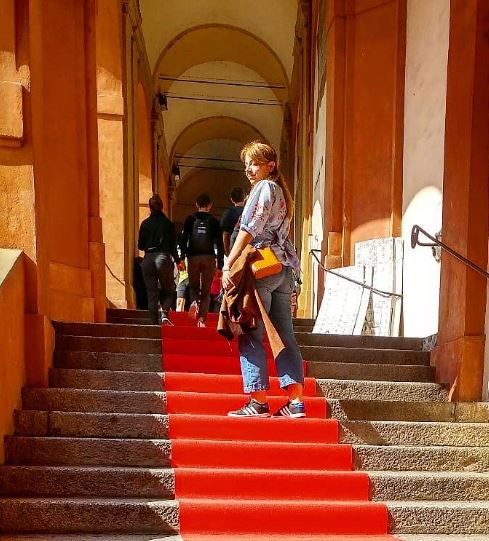Where to spot fireflies in Bologna
Updated on 16 July 2025 From Karoline Villacidro
Summer is the best time to dive into Bologna's natural areas and seek out the magic of fireflies. Their flickering glow arises from a precise chemical reaction as part of an effective mating strategy, which usually takes place in the period from June to July. For young and old alike, it is a breathtaking spectacle that often leaves anyone speechless.
As with other natural phenomena, nature is in charge, but there are some places where it is customary to walk and be able to admire it.
Leaving the city walls behind and walking through the gentle hills surrounding Bologna, you can admire this unique phenomenon at dusk in the
Villa Ghigi Park and at the
300 Steps.
From here, you can also enjoy a wonderful view of the city and the
Sanctuary of the Madonna of San Luca.

Moving further out from Bologna into the hills, a perfect spot is Casalecchio di Reno with the Talon Park, also known as the Park of the Chiusa. Inside the park, you'll find two historic villas, a small Italian-style garden, and a vast English-style park that opens onto scenic views of the Reno River and the surrounding cultivated fields.
Continuing the journey towards the higher peaks of the area, you can reach the large green expanses, far from city lights, of
Monte Catarelto – in
Castiglione dei Pepoli – and the
Corno alle Scale Regional Park.
Inside the park, many areas offer various mountain landscapes, from glacial cirques to wide green valleys dotted with small villages, sanctuaries, and waterfalls such as the
Dardagna and the wild
Orrido di Tanamalia.

If instead you head from the city centre toward the plains, between the municipalities of Galliera and Pieve di Cento, you can admire fireflies in the protected natural area of La Bisana, also known as Bosco della Bisana. This area is particularly suitable for fireflies as the forest forms a plain forest environment, a humid area of 65 hectares far from the city. Many animal species live here, including woodpeckers, great tits, hedgehogs, dormice, foxes, and coypus. The trail is open from dawn to dusk and can be visited independently on foot or by bike. At night, it can only be visited with a certified environmental guide.

Heading toward
Imola, the first recommended stop is the hills of
Ozzano dell'Emilia, nestled between the valleys of the Idice and Quaderna streams, where the
Path of Saint Anthony winds its way.
The route is always accessible, passing through white roads and paved country roads.
Between Imola and Faenza, you can also spend the day among the chalky hills of the Vena del Gesso Romagnola Regional Park, waiting for the evening to witness the firefly show. The park features a silvery ridge of gypsum – recognized as a UNESCO World Heritage Site – stretching from the Santerno river valley to Brisighella in the Lamone Valley. As you cross the outcrops, you’ll see karst landscapes made up of sinkholes, blind valleys, and caves of great archaeological and speleological value.
The whole area can be visited at any time via well-marked trails, including the
Alta Via dei Parchi.

Book, explore and discover Bologna's natural gems to get off the beaten tourist track

